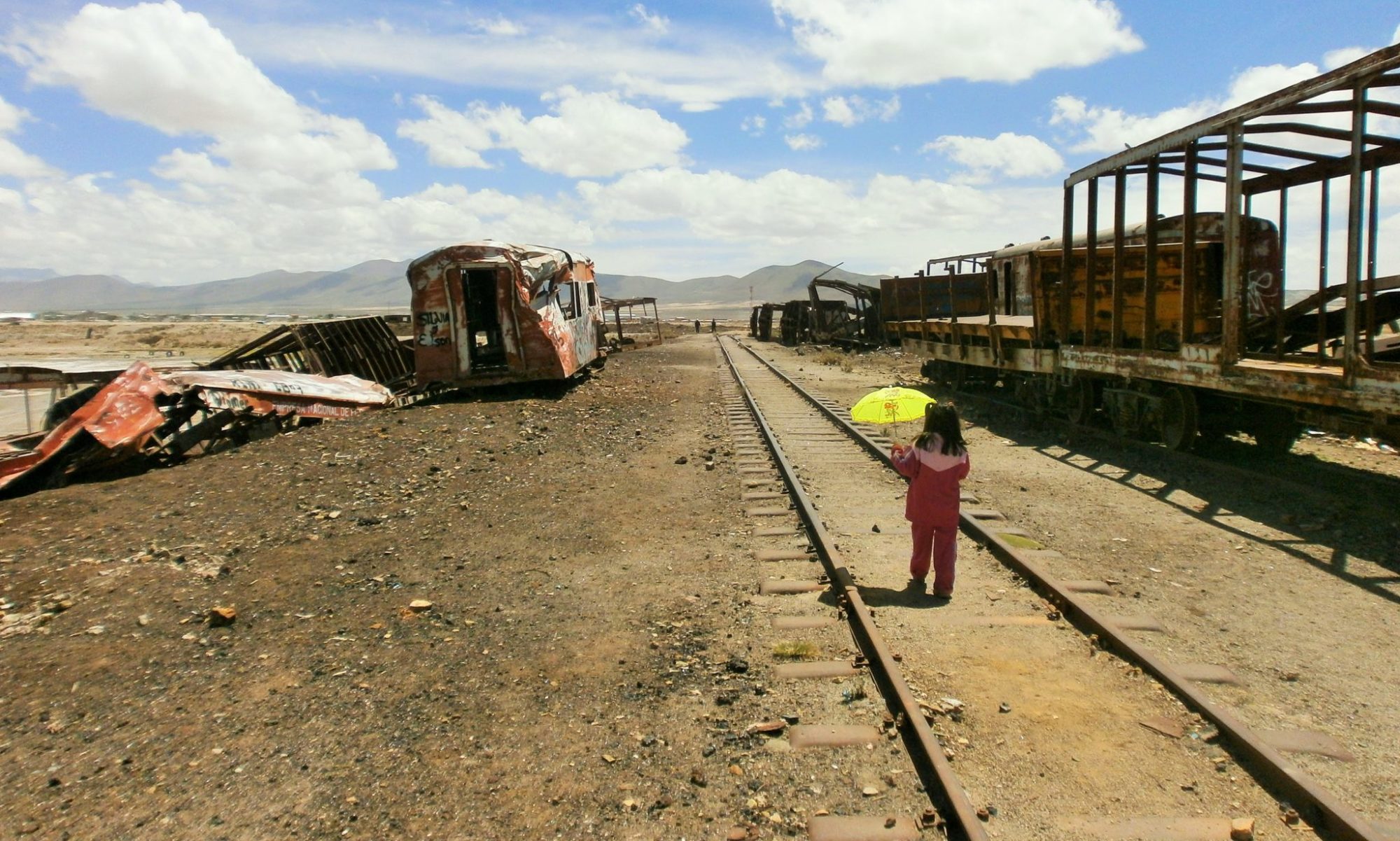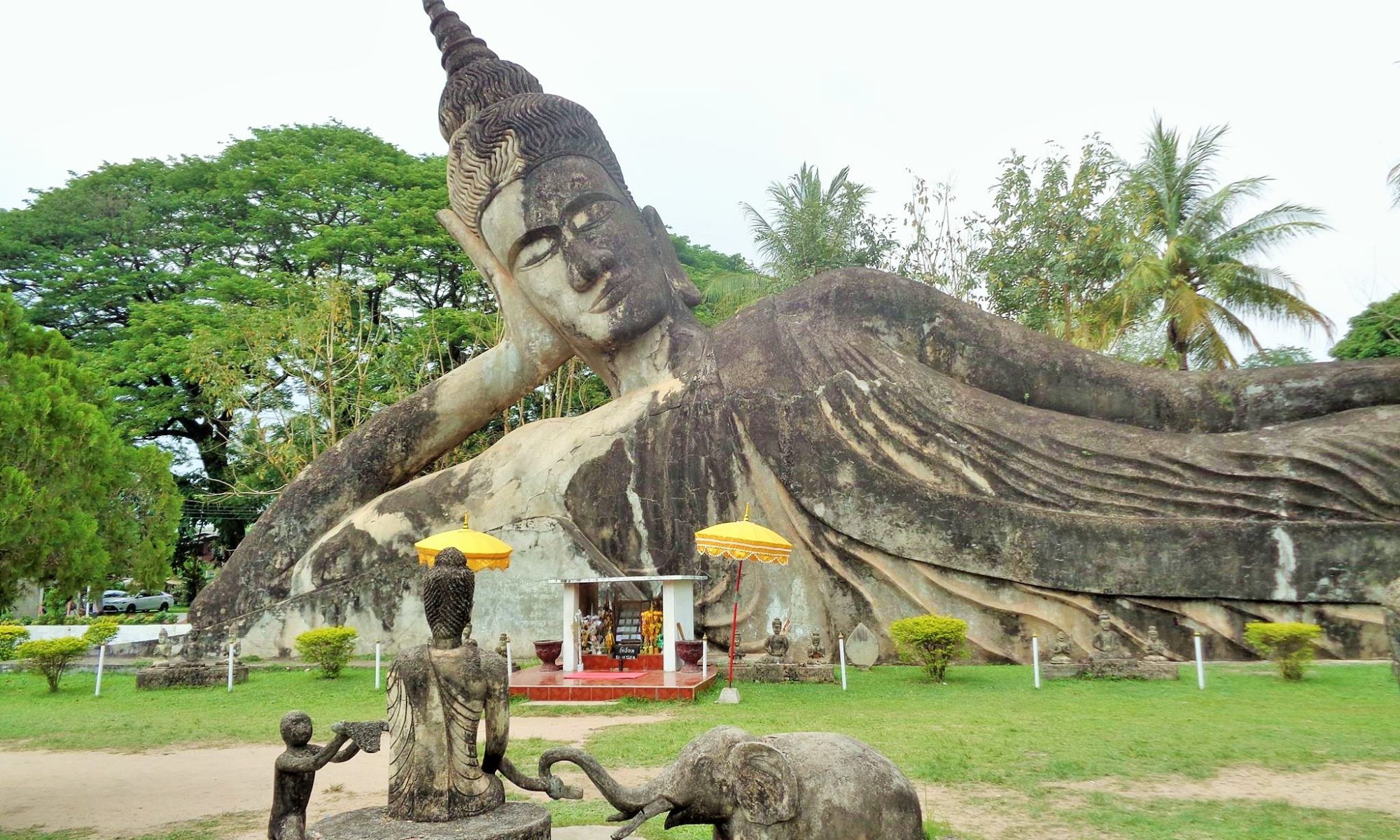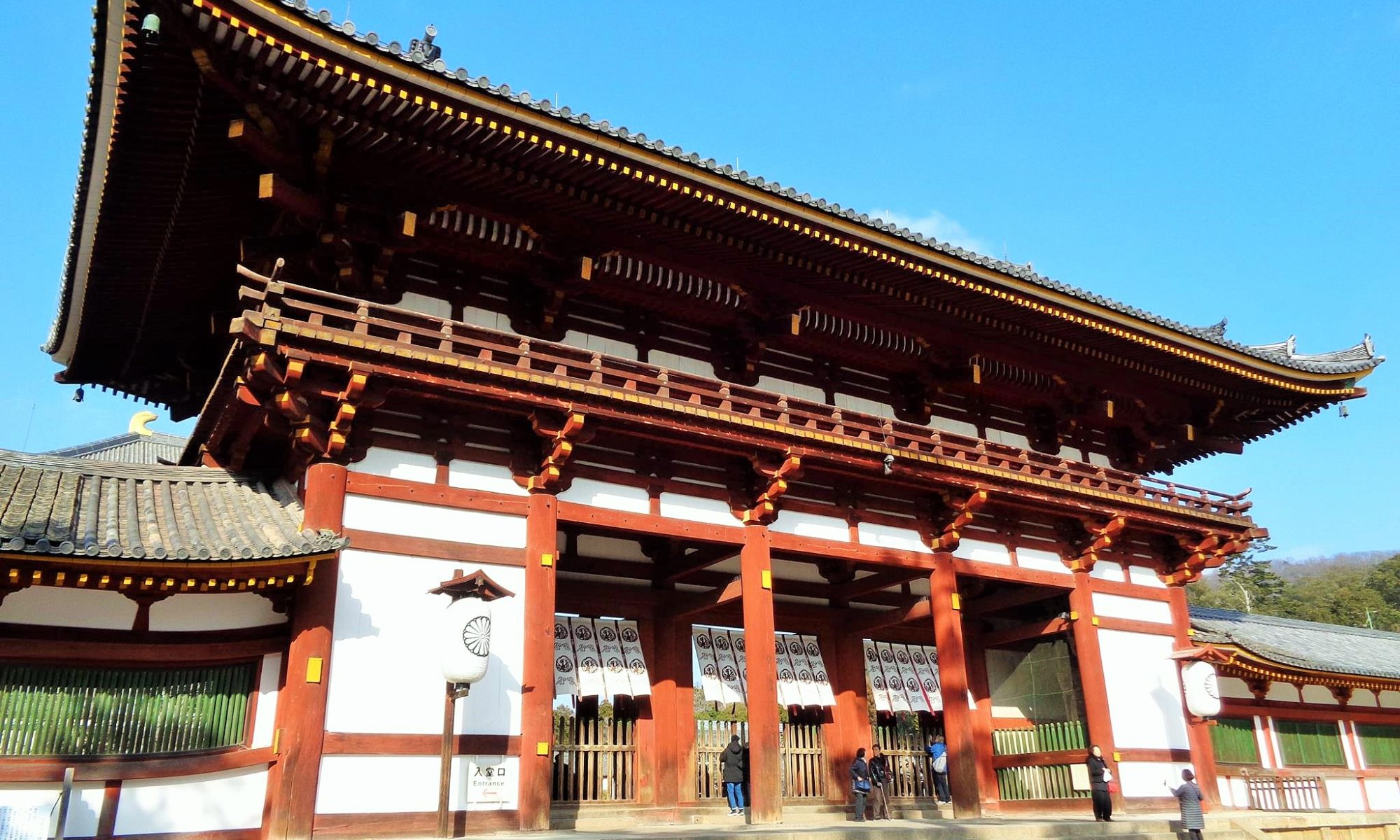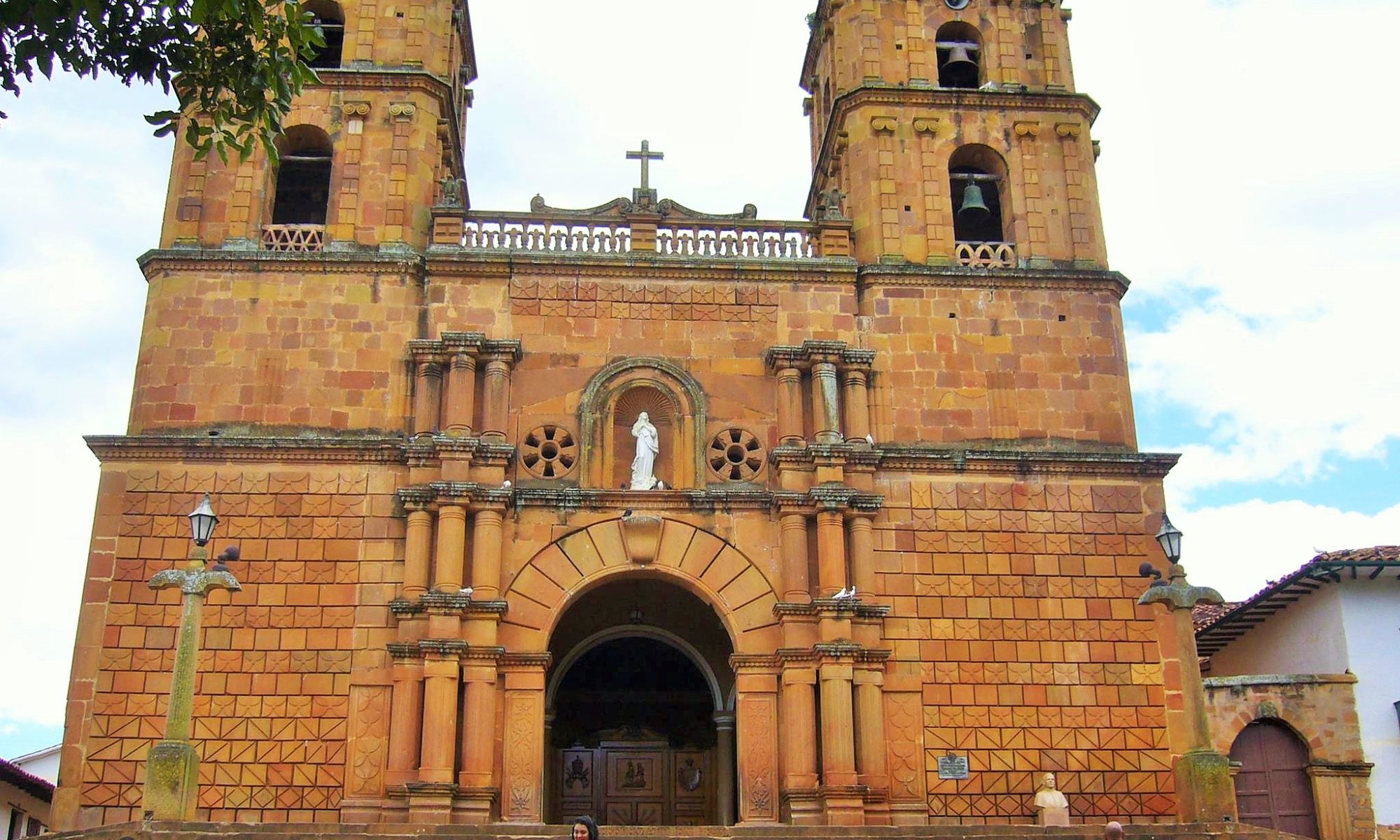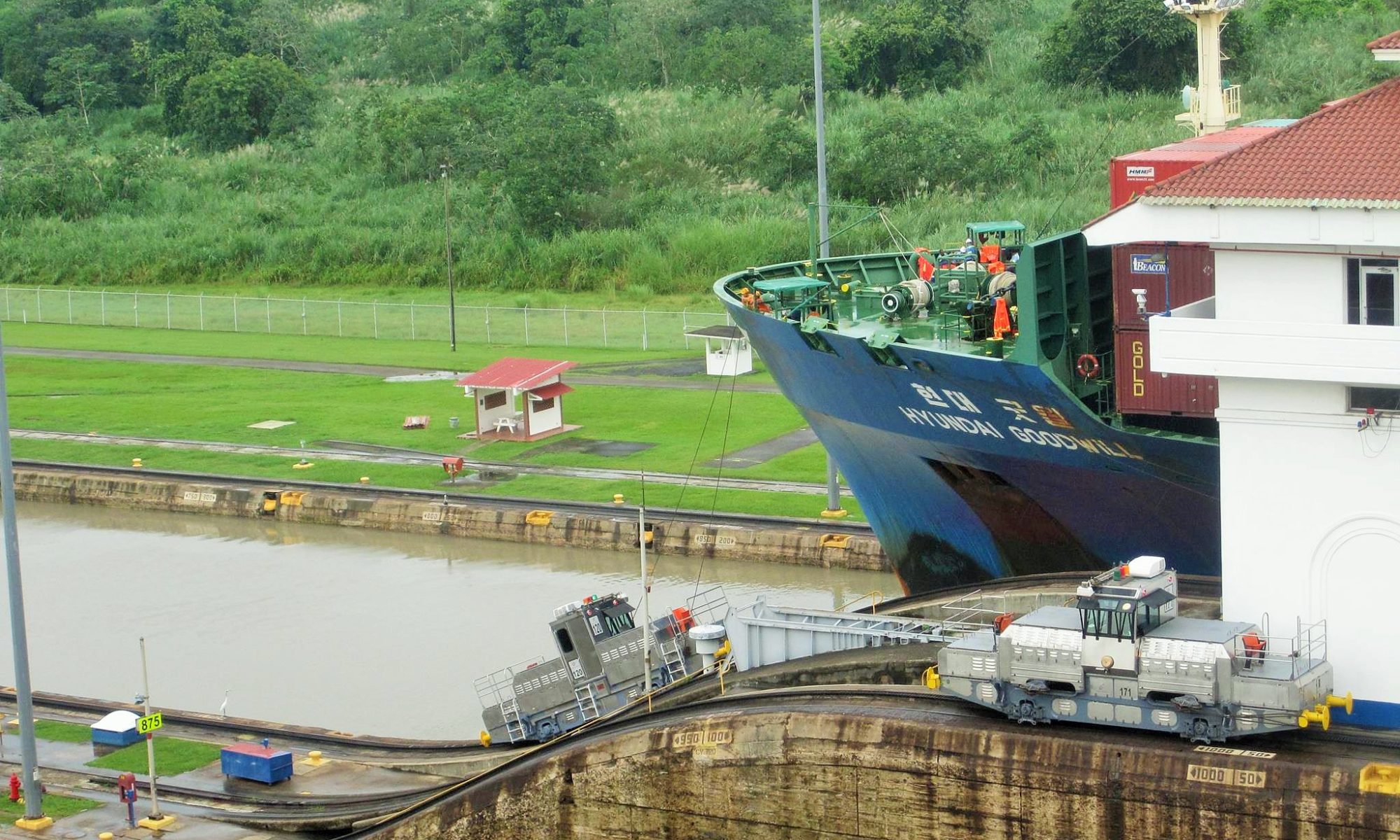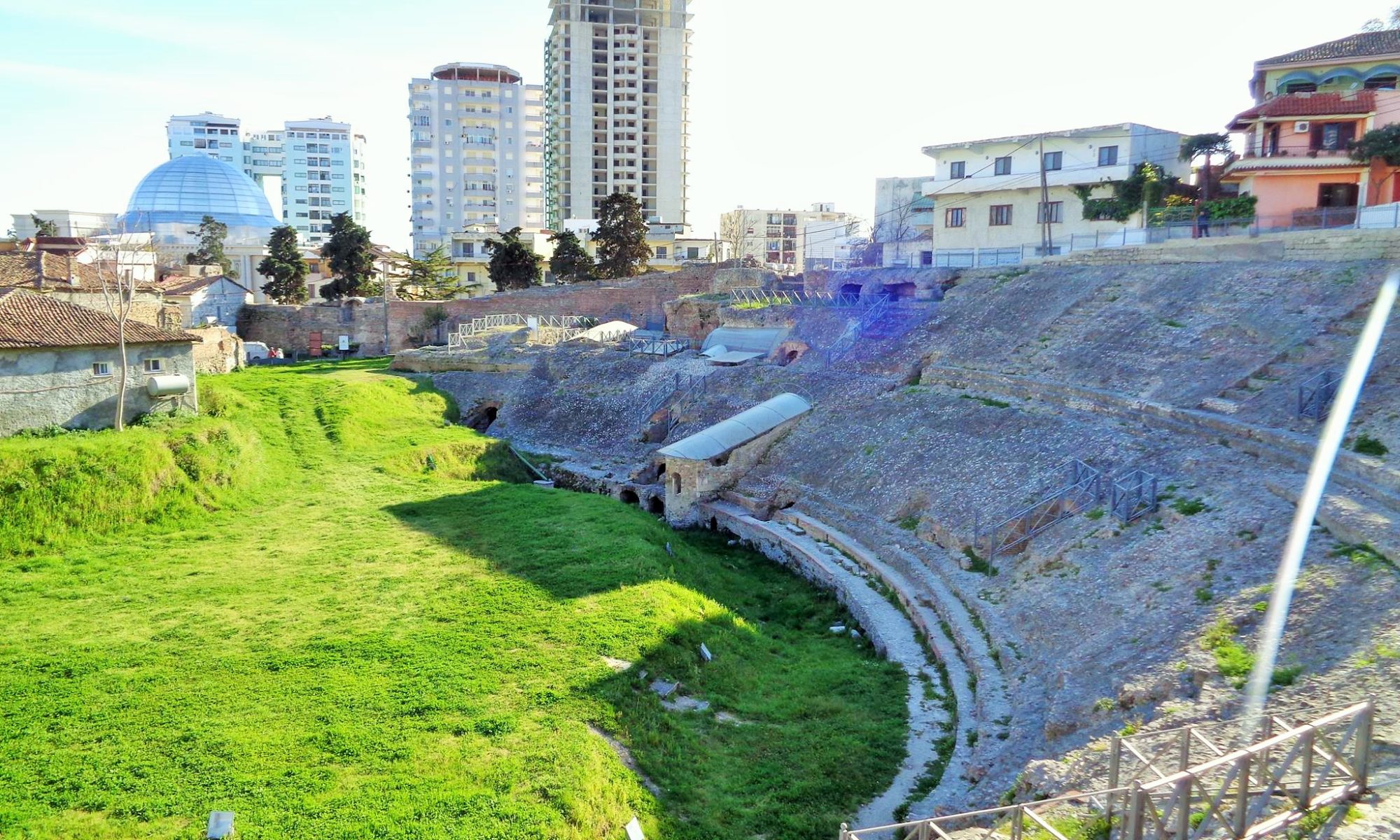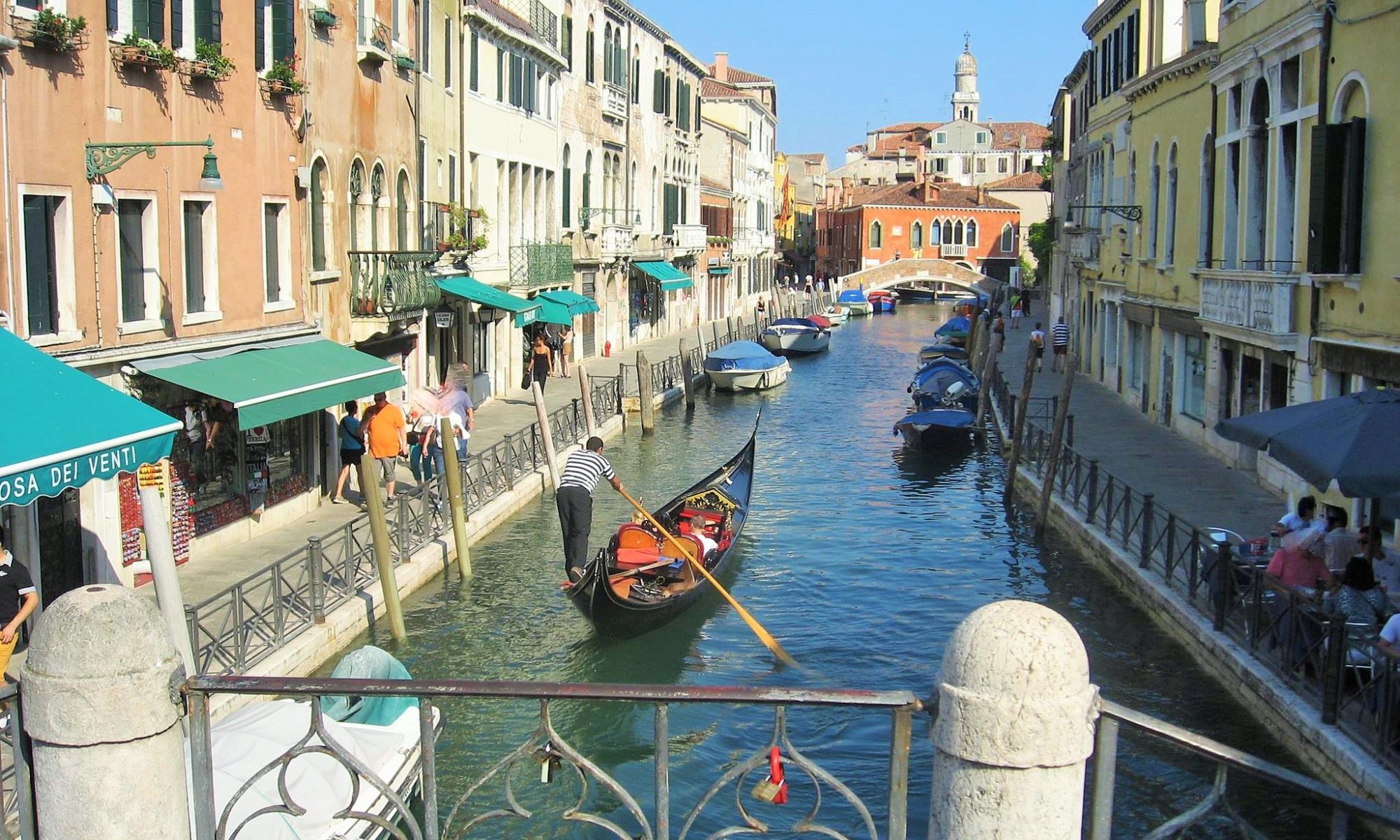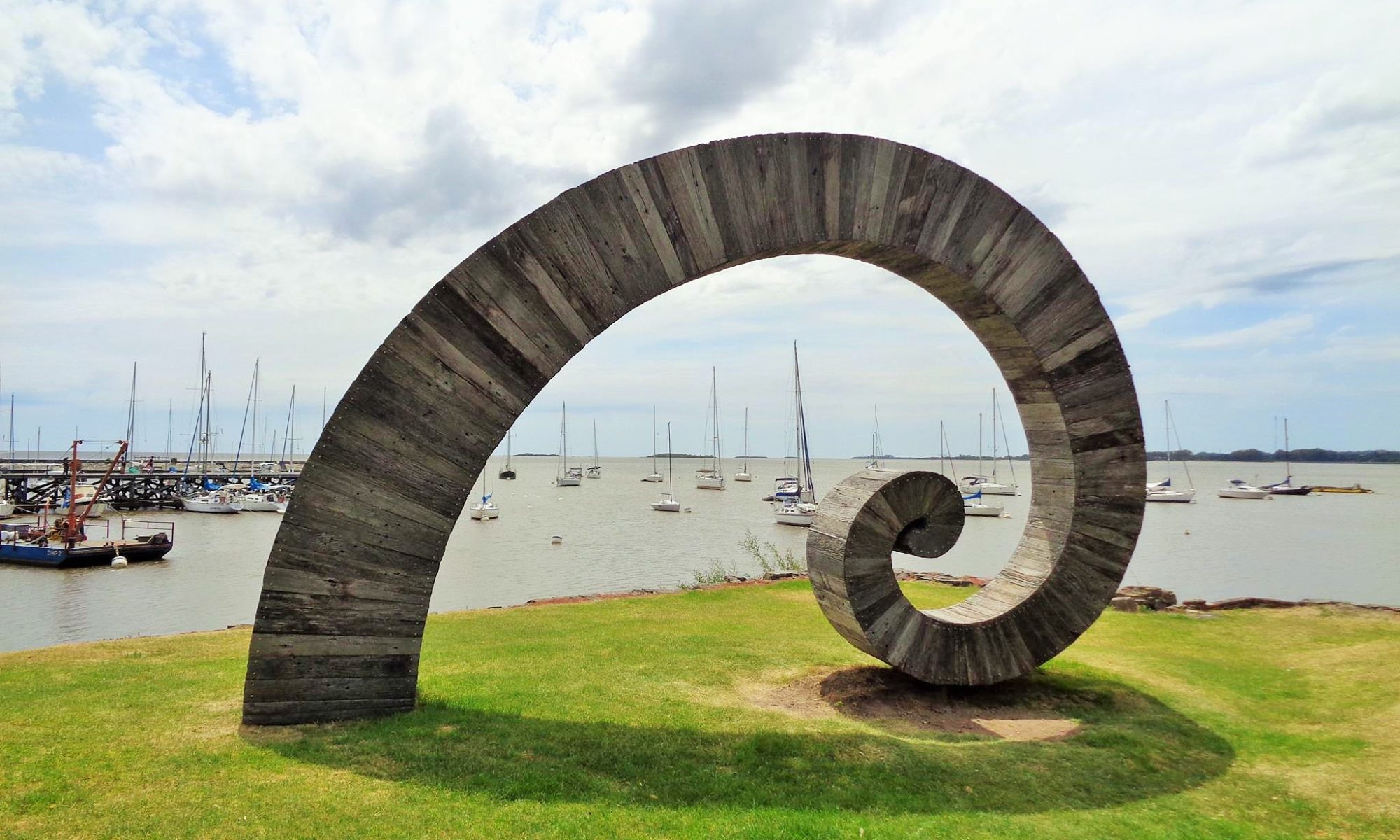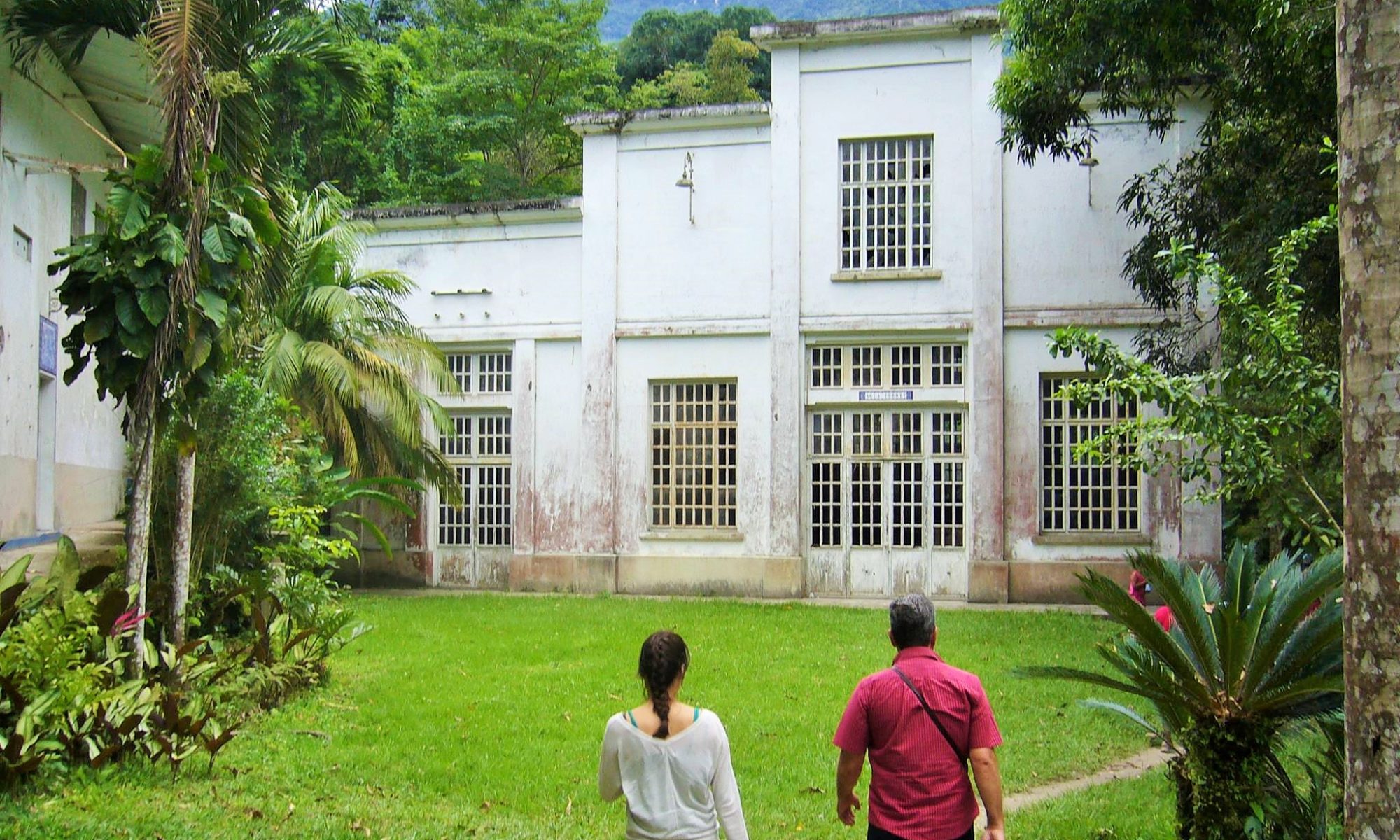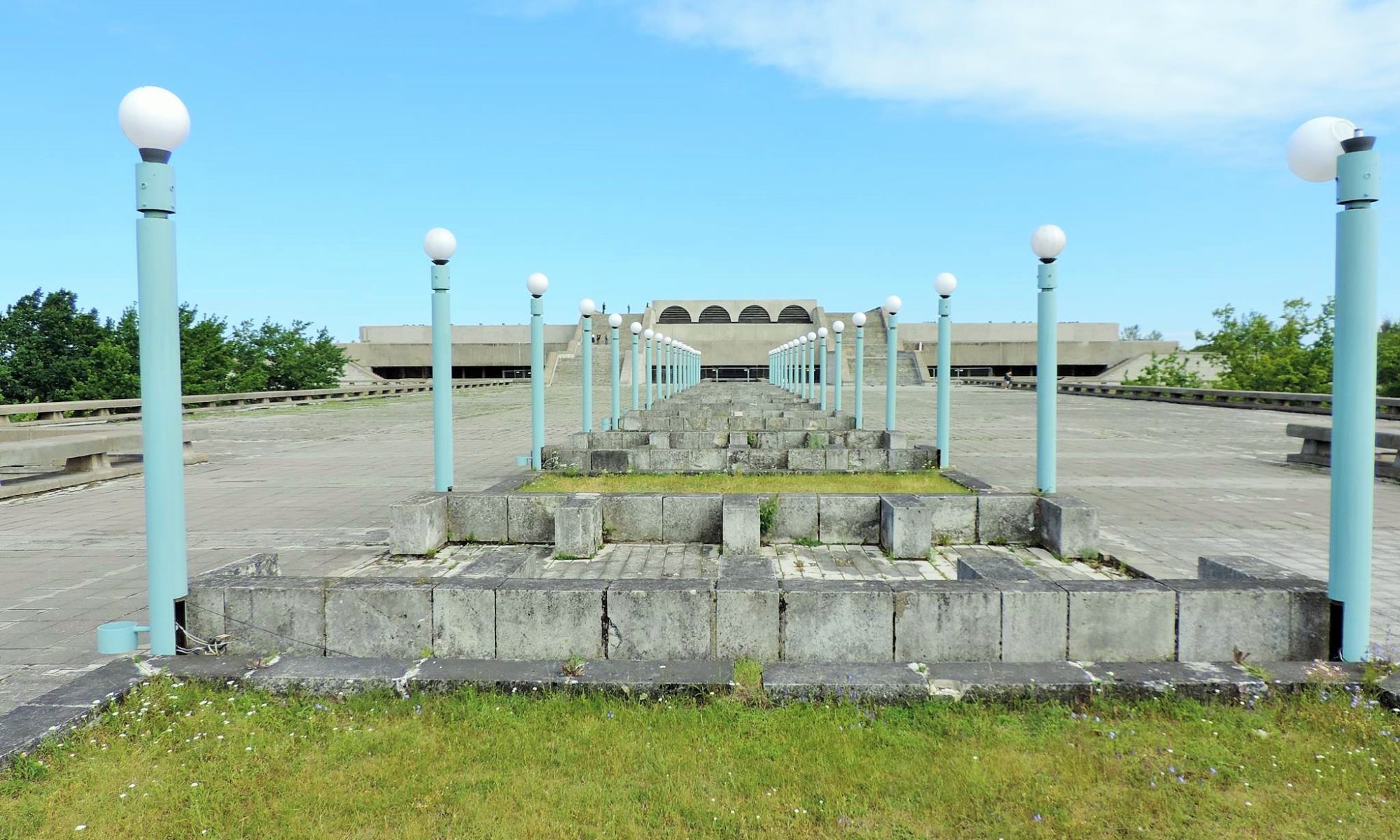After leaving Vientiane on our way to the 4000 Islands in the South of Laos we passed a monumental and historic treasure site you shouldn´t miss if you are around. The local name is Xieng Khuan, but the English words for this area make it self-explanatory for what it’s about. The Buddha Park is a park filled up with over 200 Hindu and Buddhist statues. There are several Buddhas spread across the square, as well scenes from ancient legends and numerous gods and goddesses.
>>> READ MORE
